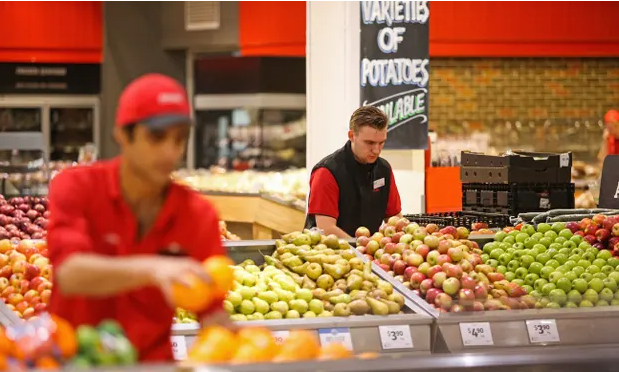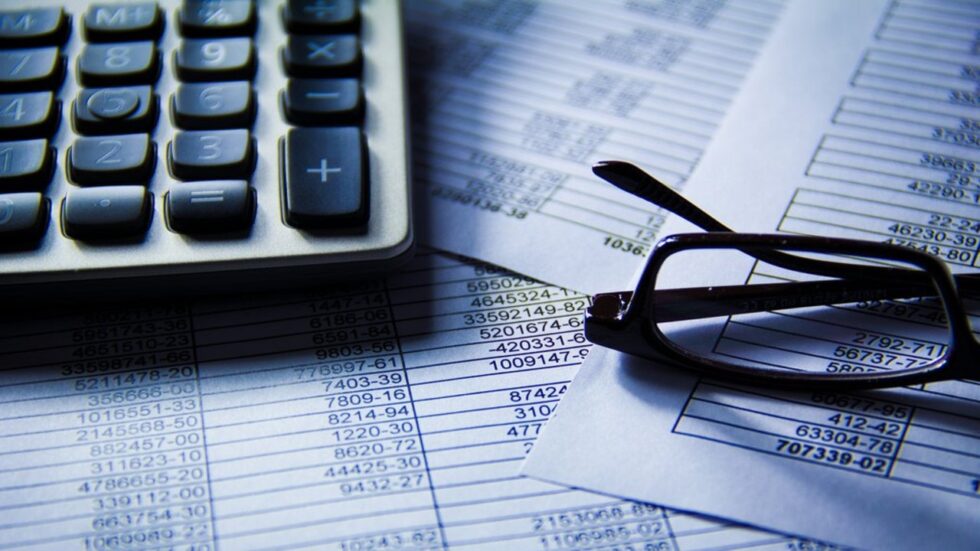
Inflation in Australia reached 7.8% in the year to December, in what economists and the federal government hope will be the peak for runaway prices.
The consumer price index rose by 1.9% in the December quarter, the Australian Bureau of Statistics revealed on Wednesday, driven by surging electricity prices and the cost of holiday travel and accommodation.
The 7.8% annual rise is up on the September figure of 7.3% inflation, but just shy of the Reserve Bank’s estimate that inflation would peak at 8%.
t marks the highest inflation since 1990 despite hopes that a lower than expected figure in the month of October in part driven by easing shipping costs could mean inflation has peaked.
The treasurer, Jim Chalmers, said that inflation is “unacceptably high” and “very high by historical standards”.
Chalmers told reporters in Canberra this was “likely the peak in inflation but we won’t know that for sure until we get the numbers for this March quarter”.
The ABS said the past year had seen “strong quarterly rises off the back of higher prices for food, automotive fuel and new dwelling construction”.
The trimmed mean annual inflation, the measure of underlying inflation which excludes large price rises and falls, increased to 6.9%.
Rising prices – especially energy and food prices – have prompted a series of eight consecutive interest rate rises from May 2022, as the RBA lifts the cash rate out of emergency levels to push inflation back towards its 2-3% target band.
Despite slowing inflation, economists at ANZ are tipping that the RBA will likely have three more 25 basis-point increases by May to bring the interest rate to 3.85% before the hikes end.
In the year to December the most significant price rises were domestic and international holiday travel and accommodation, up 13.3% and 7.6% respectively; electricity, up 8.6%; services, up 5.5%, the highest rise since 2008; and new dwelling purchases by owner occupiers, up 1.7%.
Chalmers noted the Australian Energy Market Operator had found that projected electricity prices “fell steeply” after the Albanese government’s $1.5bn energy price relief package temporarily capped gas and thermal coal prices.
Chalmers said this “direct link” to Labor’s policy showed the market intervention would “take some of the sting out of energy price rises anticipated in 2023”, with most of the effect to flow through to consumers “not too much longer” after the May budget.
The ABS also reported “strong” price rises in most food and non-food grocery products, although fruit and vegetable prices fell by 7.3% compared with the previous quarter.
Rental price growth in Sydney and Melbourne continued to increase this quarter, with both cities recording their strongest annual rises since 2014 and 2015, the ABS said.
Chalmers confirmed that rent assistance, along with jobseeker and single parent payments, remain under “constant review” ahead of the May budget.
In a statement on Wednesday, Chalmers said the figures “demonstrate the pressure on the budgets of Australian families brought about by the war in Ukraine, lingering pressures on global supply chains, and other challenges ignored for too long”.
“Our economic plan will continue to focus on the inflation challenge, as well as growing the economy the right way in 2023,” he said.
“We understand Australians are doing it tough. That’s why we will keep working hard to provide responsible cost-of-living relief, deliver the essential services people rely on, and build a stronger and more resilient economy for the future.


